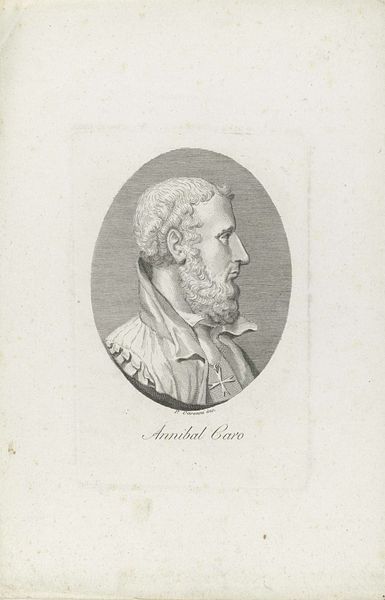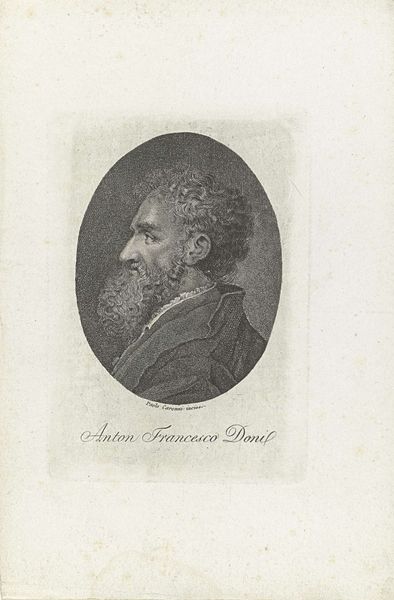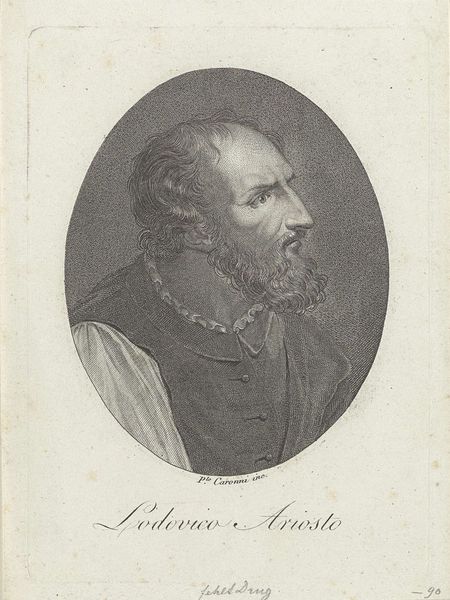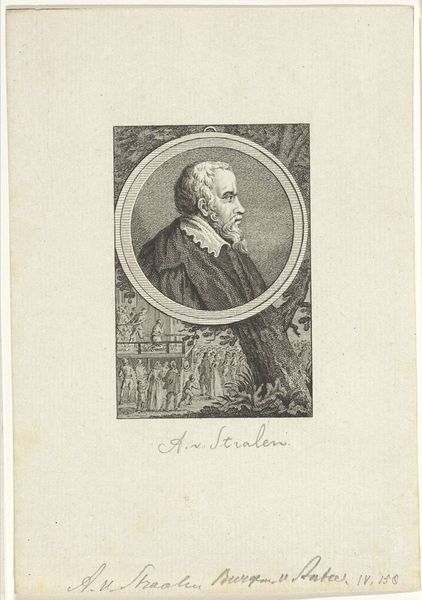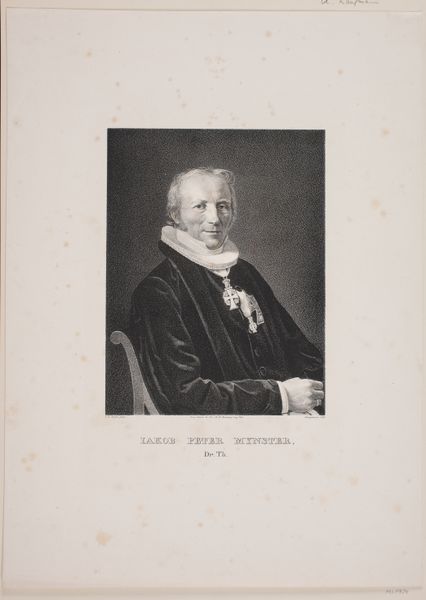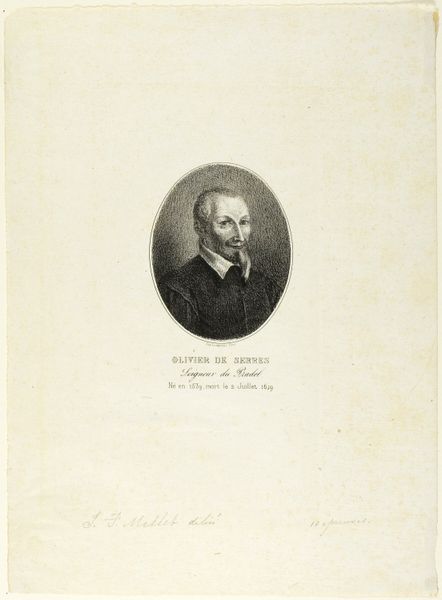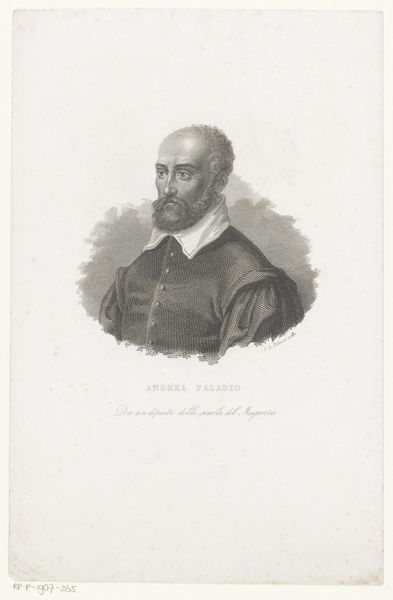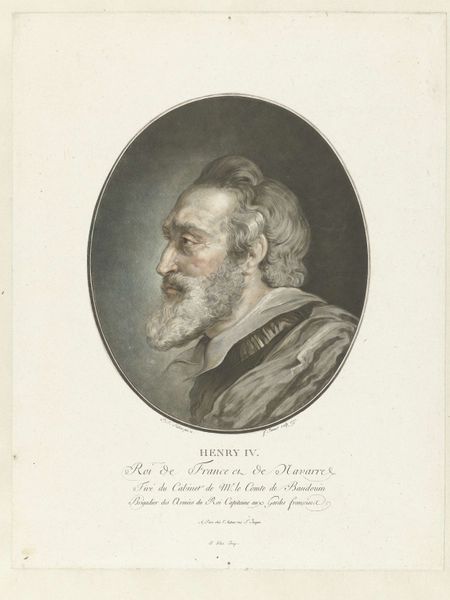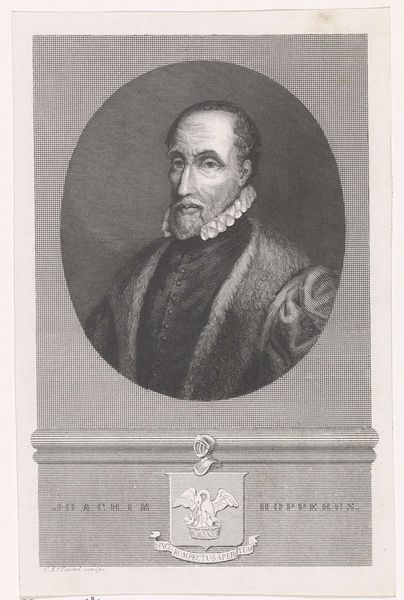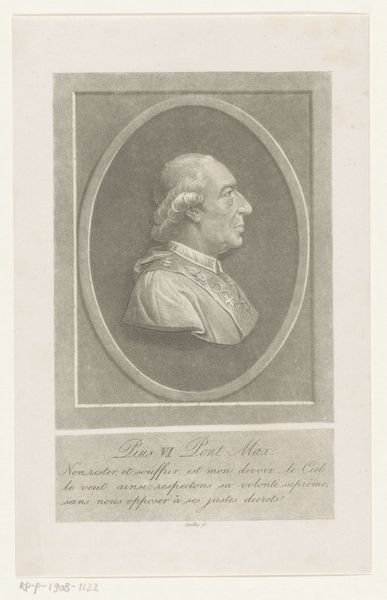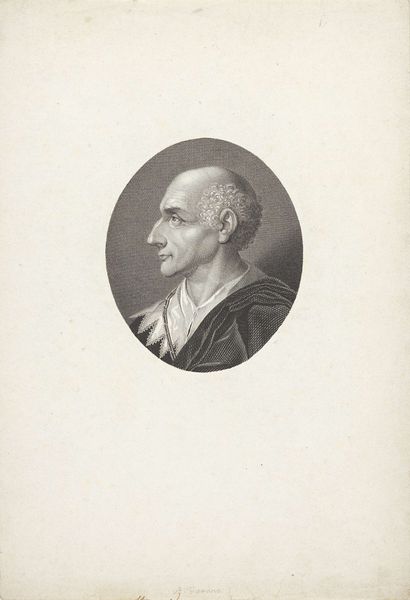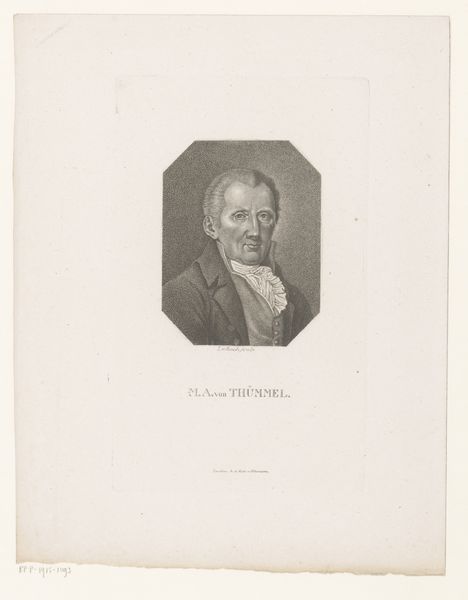
print, engraving
#
portrait
#
neoclacissism
# print
#
old engraving style
#
engraving
Dimensions: height 159 mm, width 105 mm
Copyright: Rijks Museum: Open Domain
Curator: This print offers us a glimpse into the visage of Ludovico Ariosto, the celebrated Italian poet. The engraving, crafted sometime between 1806 and 1906, presents him in profile, an almost classical ideal. Editor: There's a stark formality about it, wouldn’t you say? He seems confined by that oval frame, a relic perhaps viewed through a nostalgic lens, almost a two-dimensional snapshot in time, rigidly set against the plain background. Curator: Indeed, that Neoclassical style, where every line seems carefully placed to convey reason and order. Consider how the engraver, Giuseppe Benaglia, employed a tight hatching to model Ariosto's face and beard. Each tiny stroke carries cultural memory of an idealized classical past. Editor: And in that tight hatching lies its potential for scrutiny. What does it mean to canonize, flatten even, such a figure? To confine the messy reality of his lived experience into this single, polished profile. Can we ever reclaim agency in art? Curator: A valid point. Portraits often walk a line between remembrance and re-interpretation. But it also echoes earlier coin portraits that signal a ruler’s command. The oval reinforces this sense of self-containment. This engraving emphasizes the intellectual and cultural weight associated with Ariosto's legacy, and serves to legitimize those values. Editor: It almost begs for intervention. One can appreciate the clean lines, yet it prompts us to confront the structures that determine whose faces get etched into history – who's considered worthy of such idealized remembrance and through whose hand this remembrance materializes. The print offers the familiar satisfaction of linear perspective as an act of subjugation of the three-dimensional, that still holds much space for revisioning. Curator: Perhaps that’s why art like this persists: It presents something solid but carries complexities inside. Even if it seems rigid, it still prompts dialogue about why we memorialize who we do, and in what style. Editor: Precisely, it's through understanding what is contained within, and then bravely critiquing its very existence, that true visibility may manifest through this representation.
Comments
No comments
Be the first to comment and join the conversation on the ultimate creative platform.
